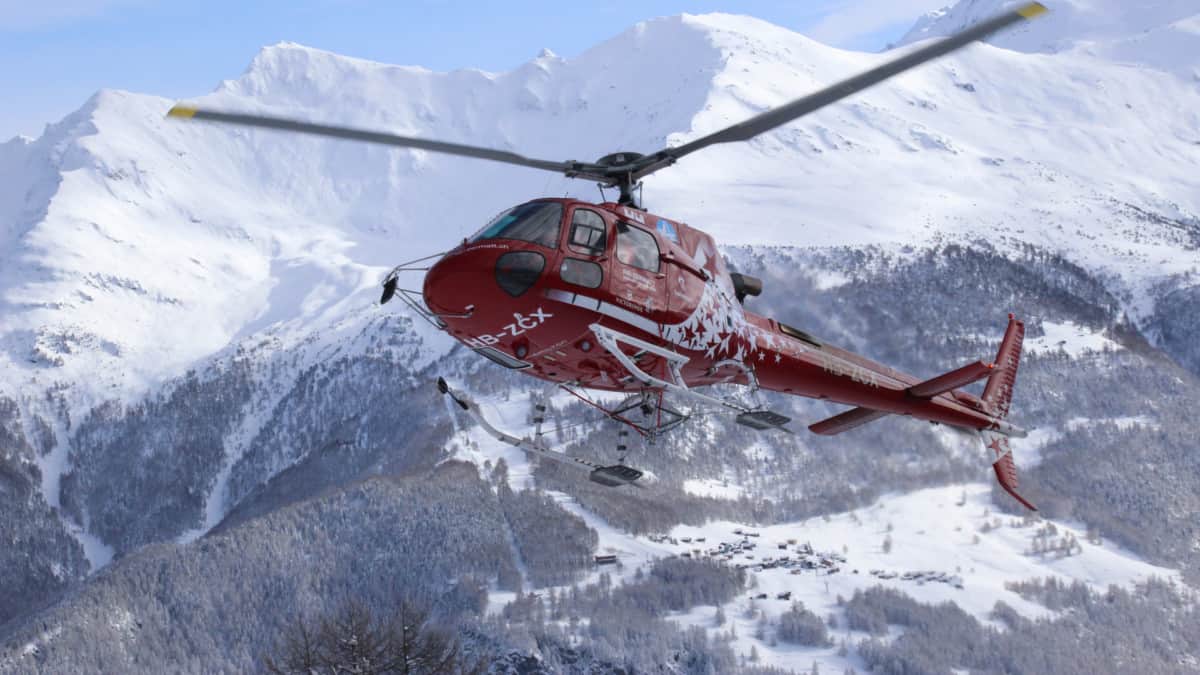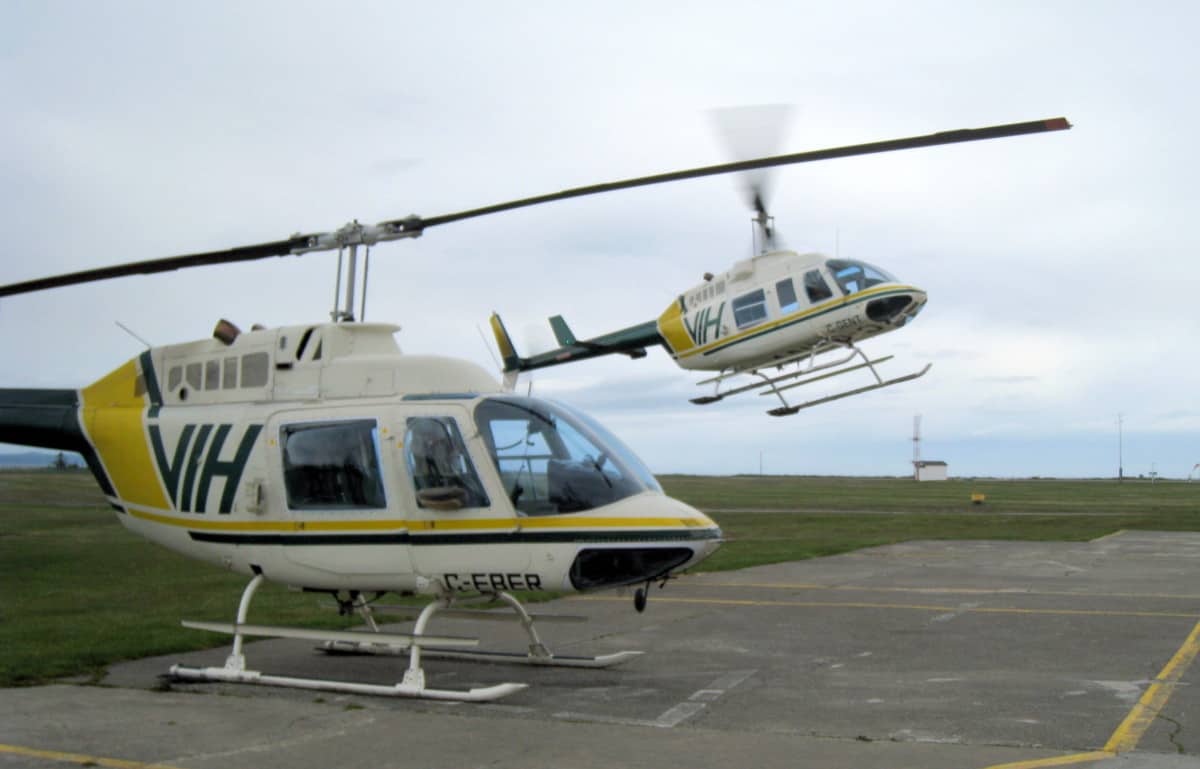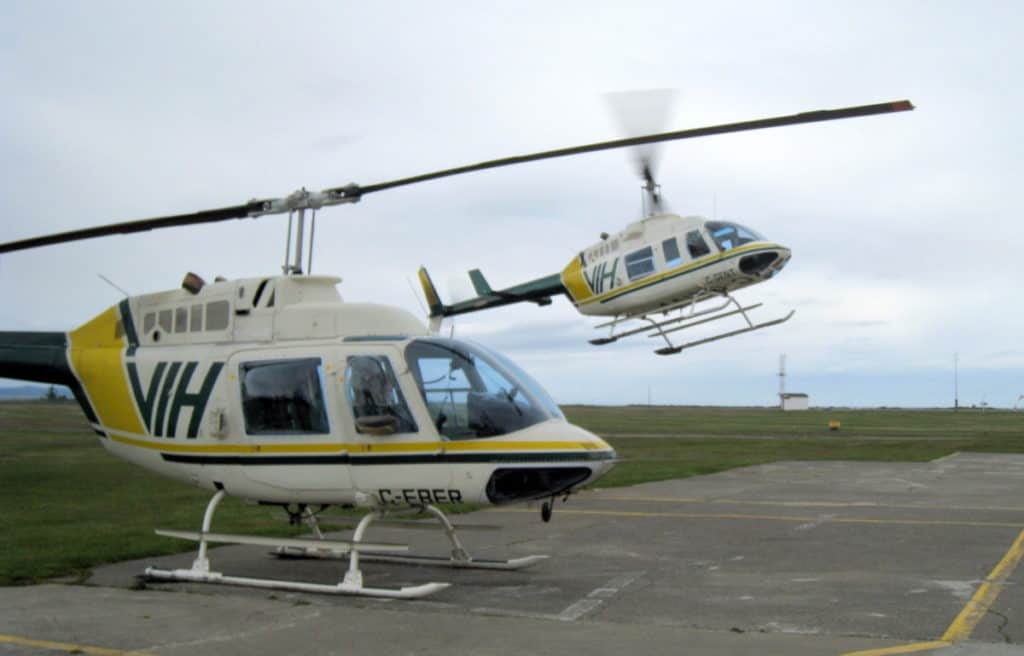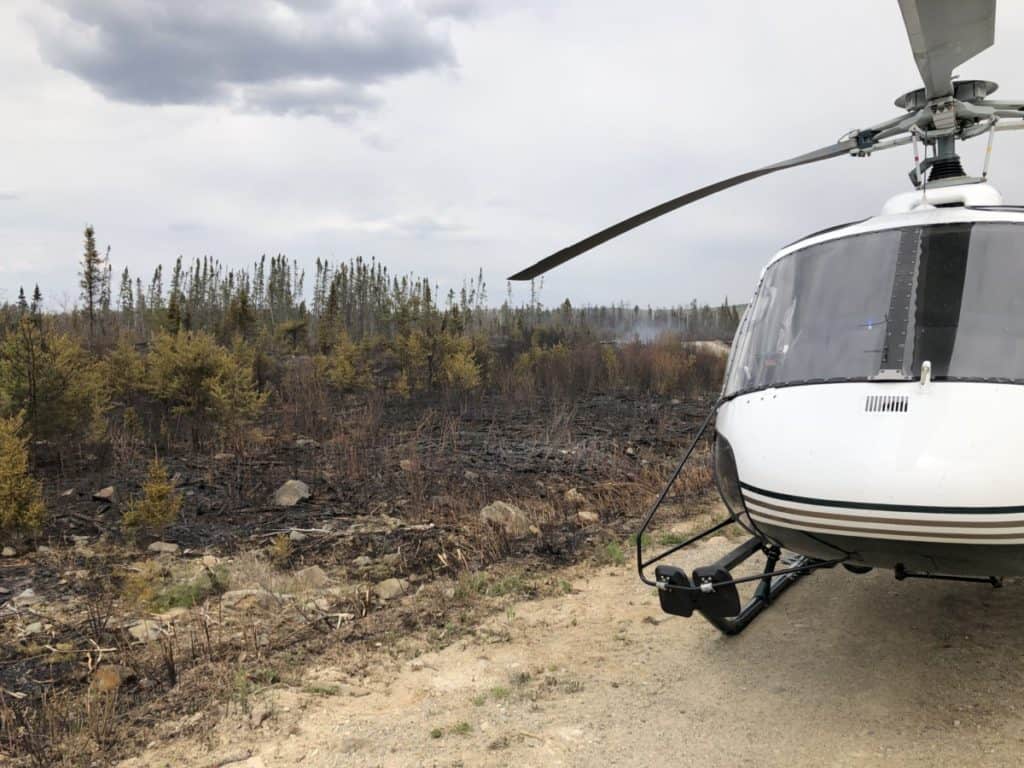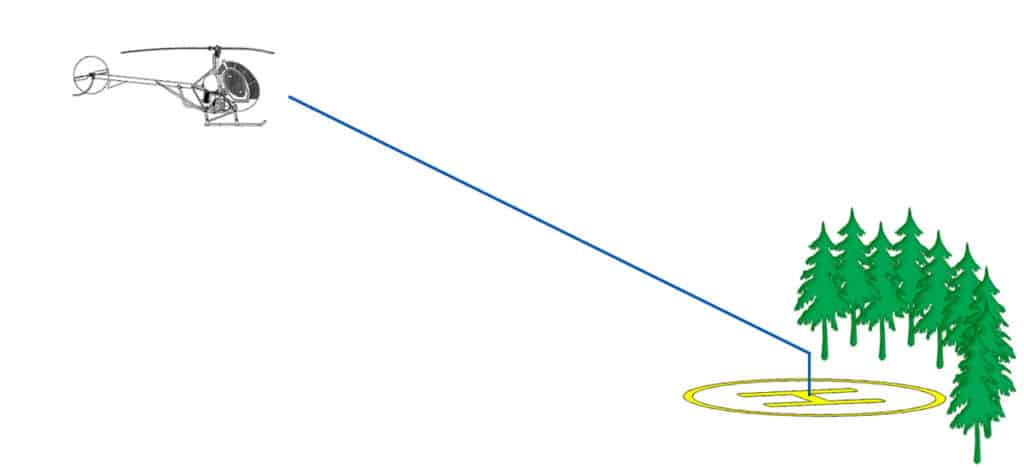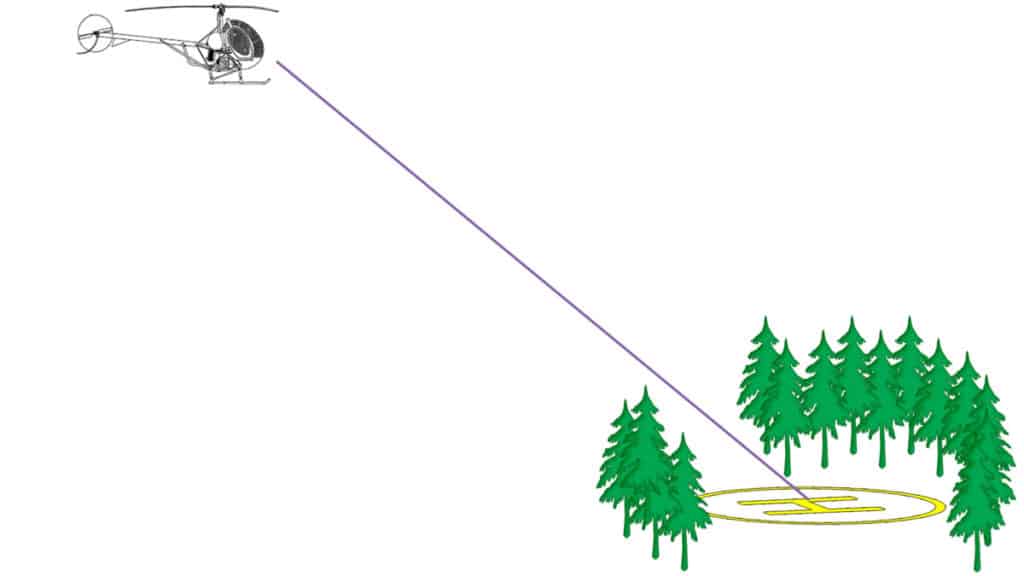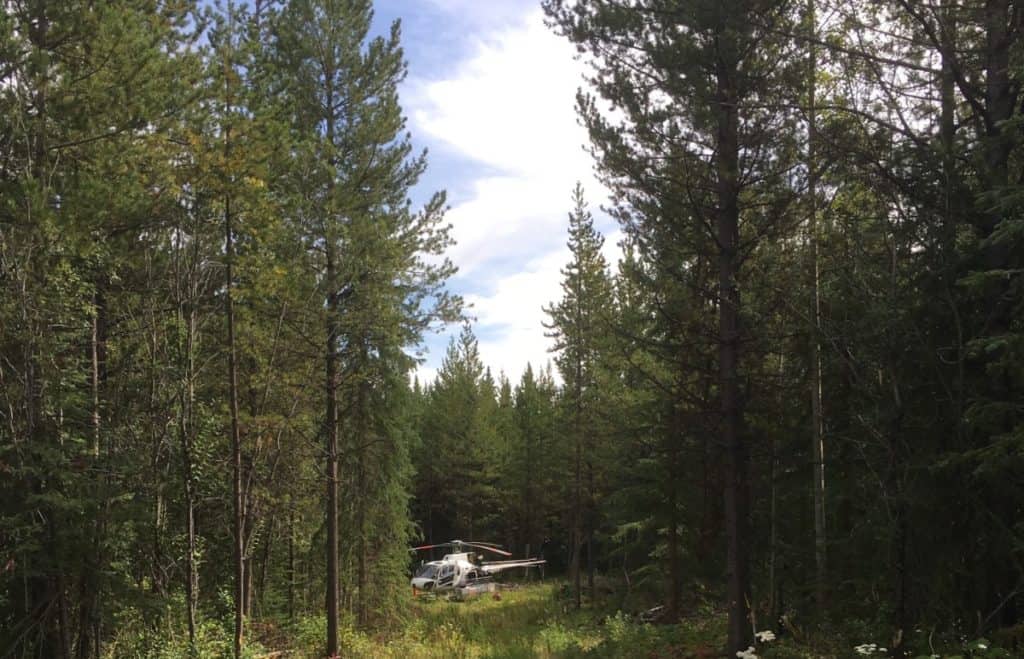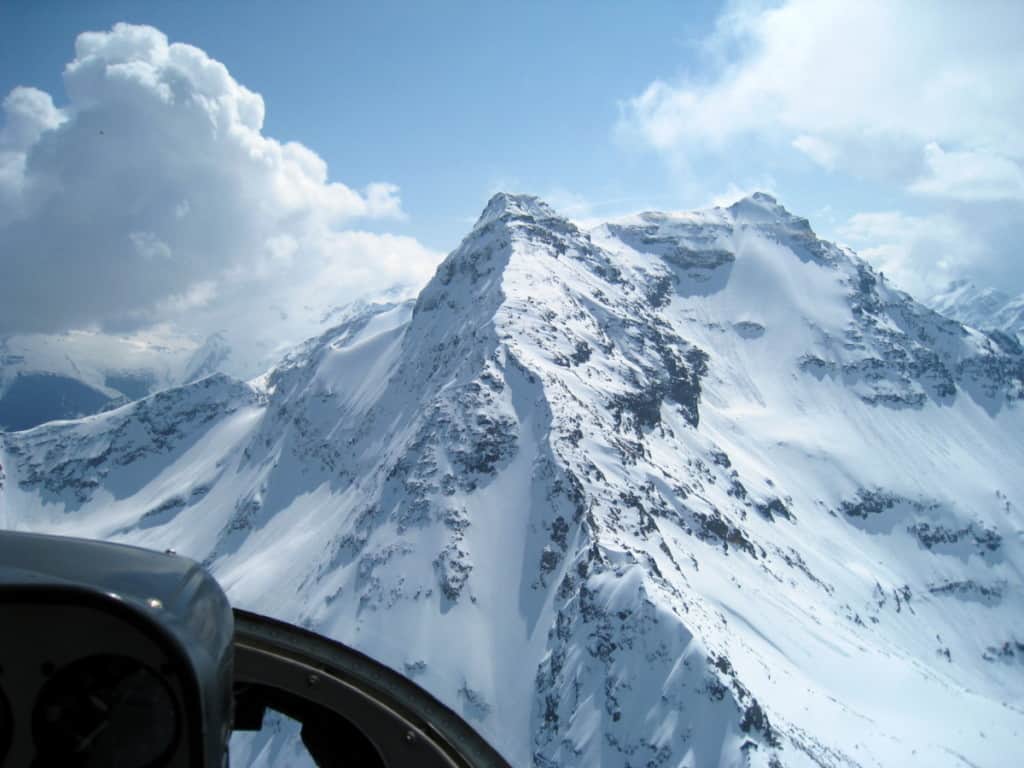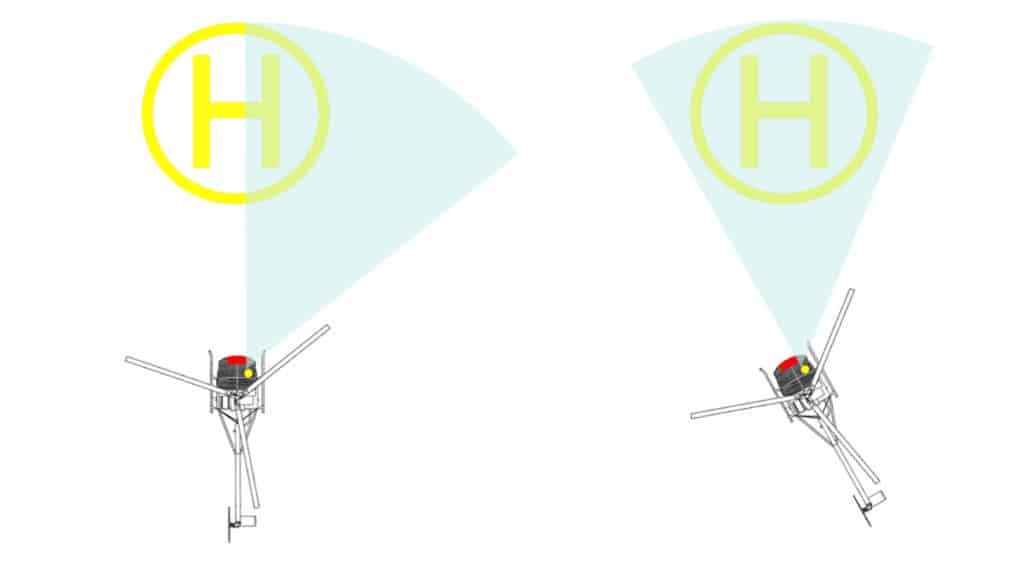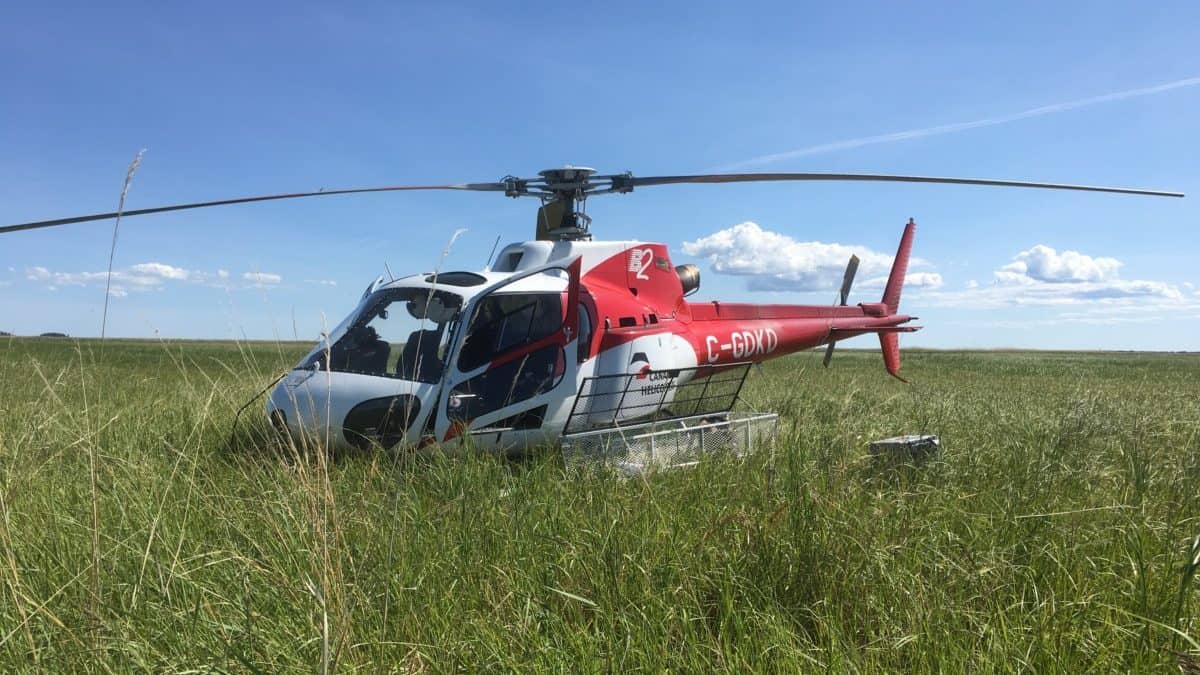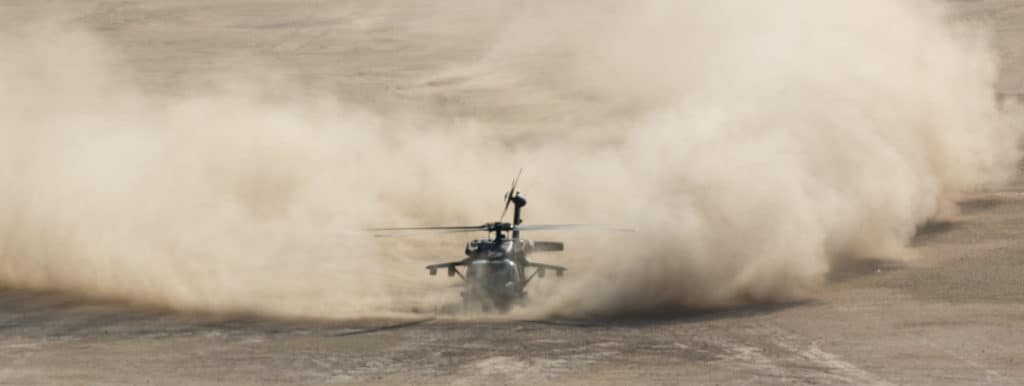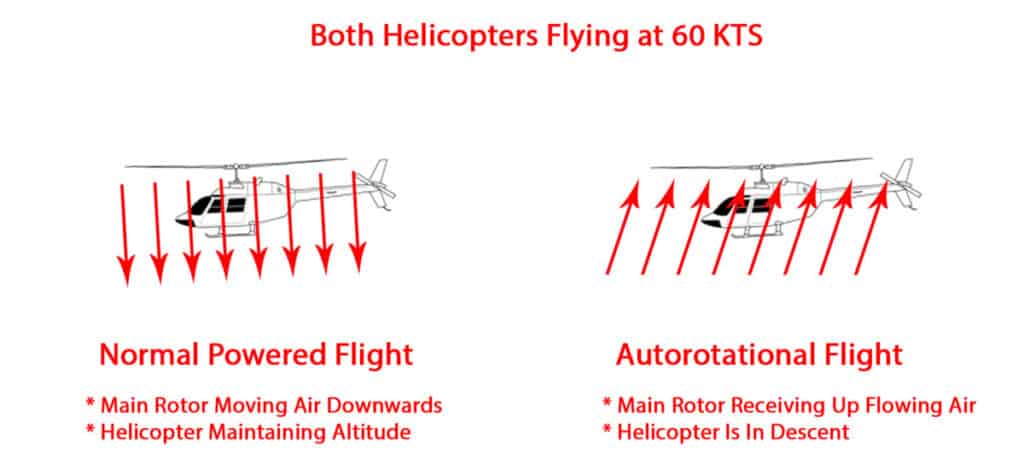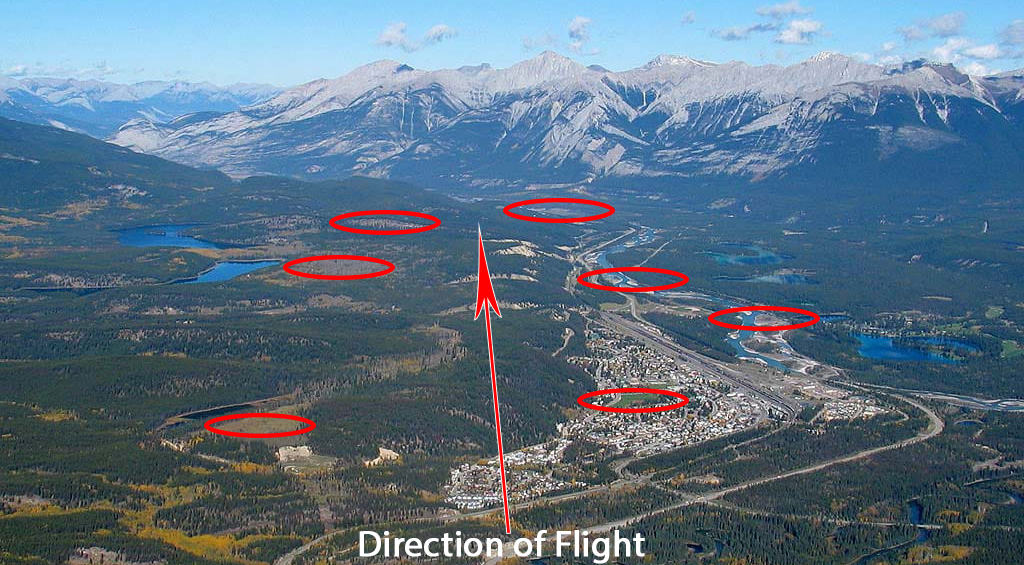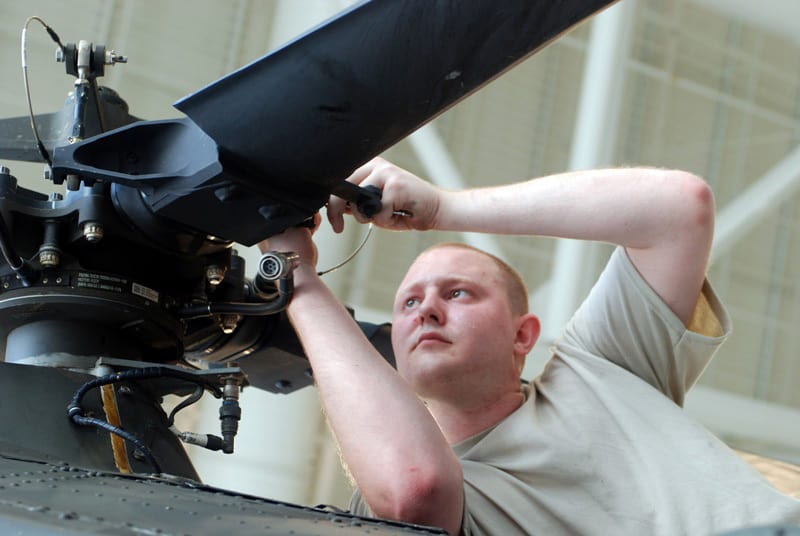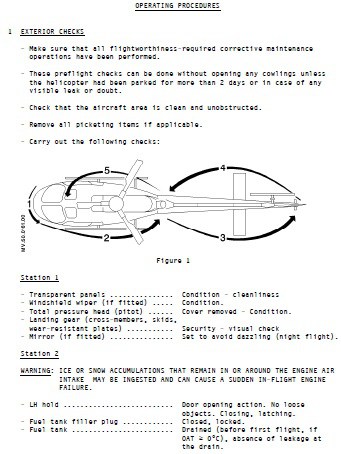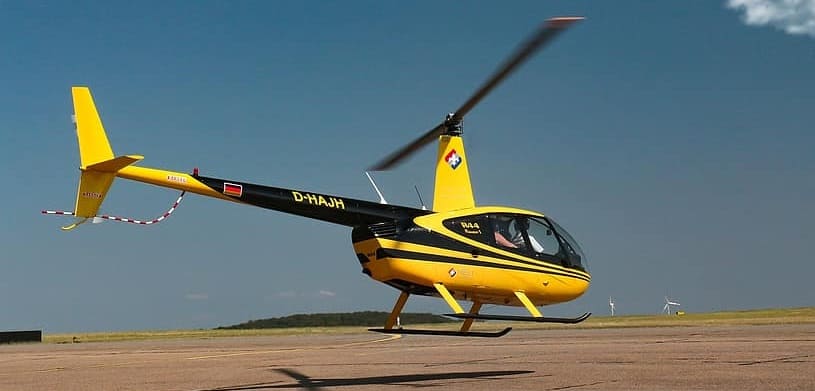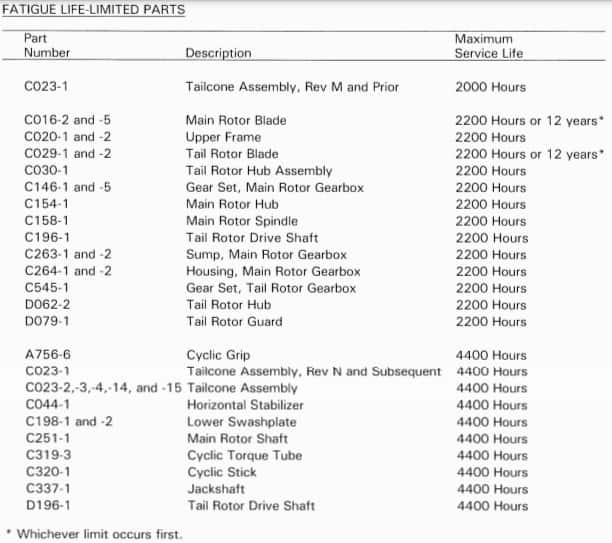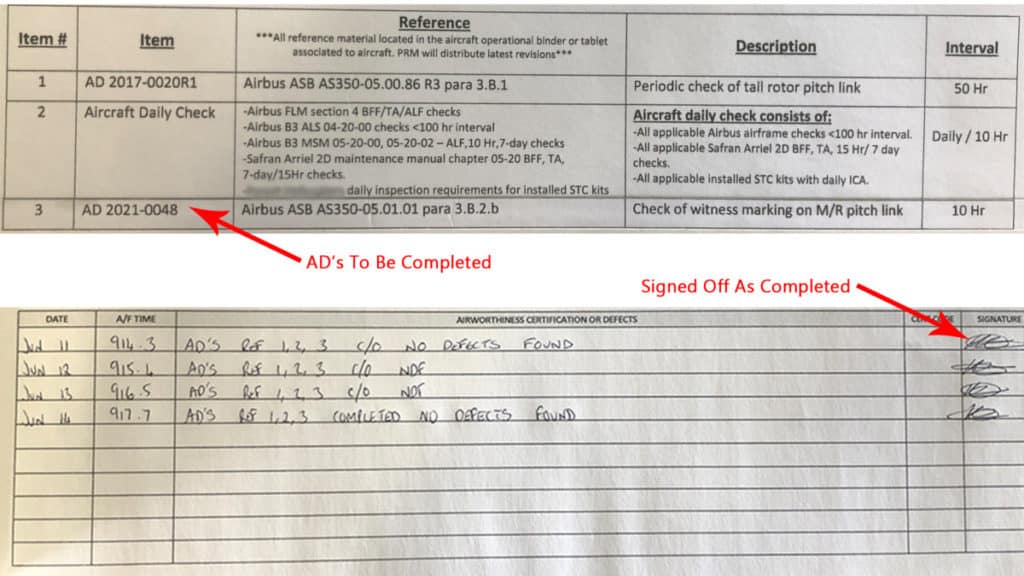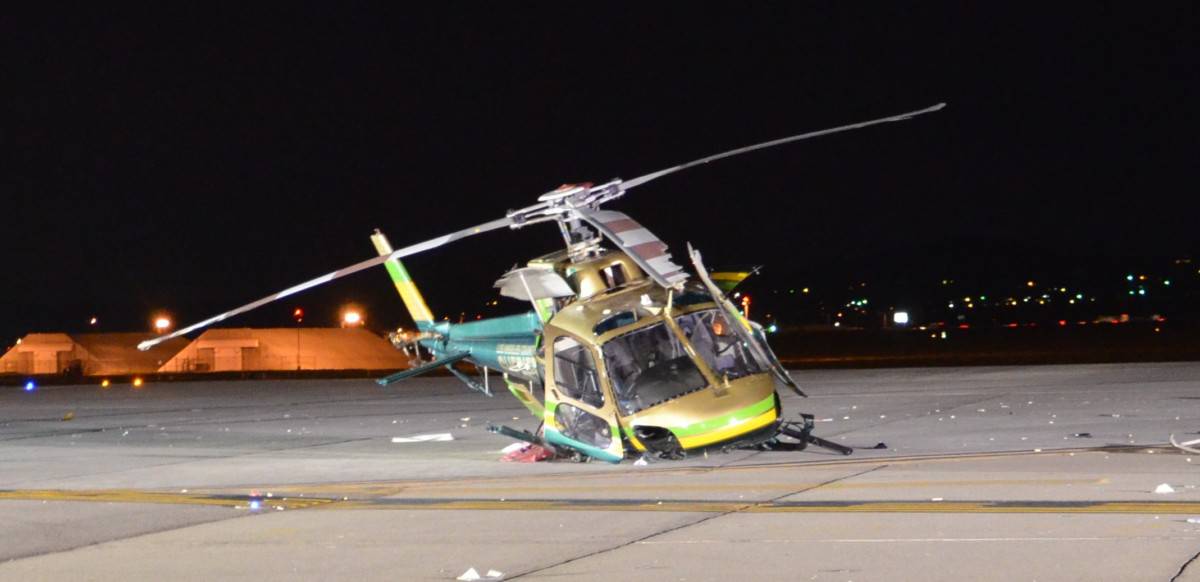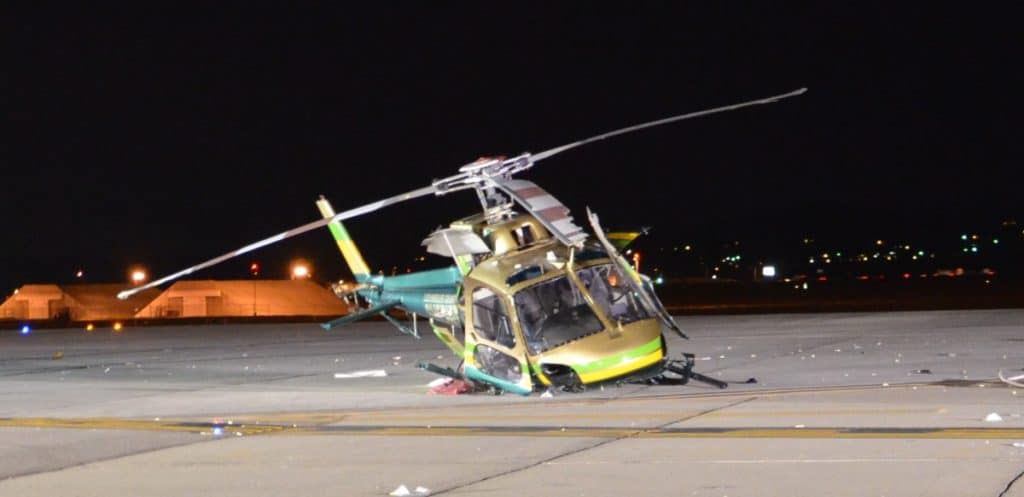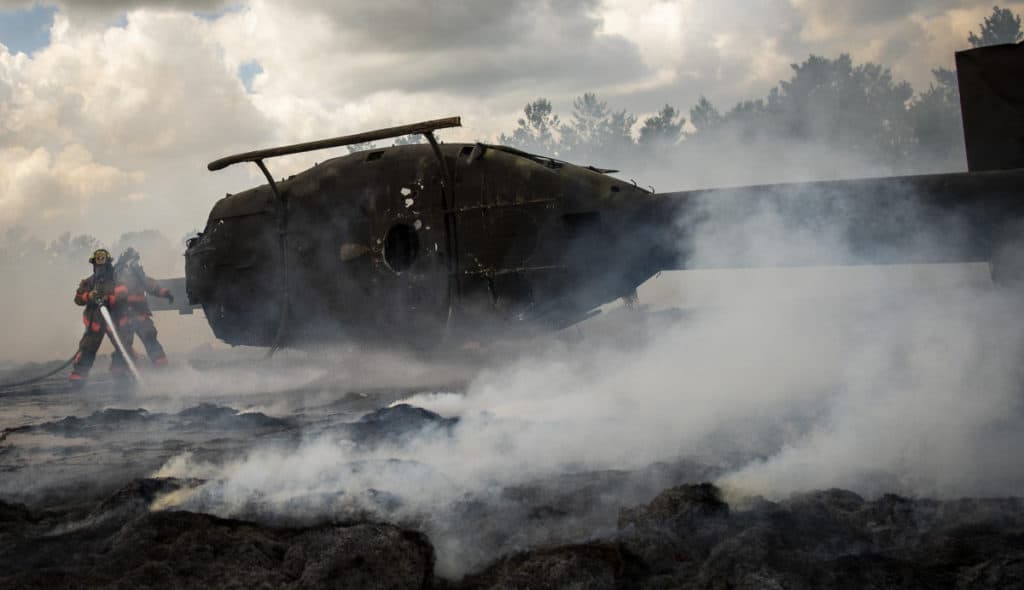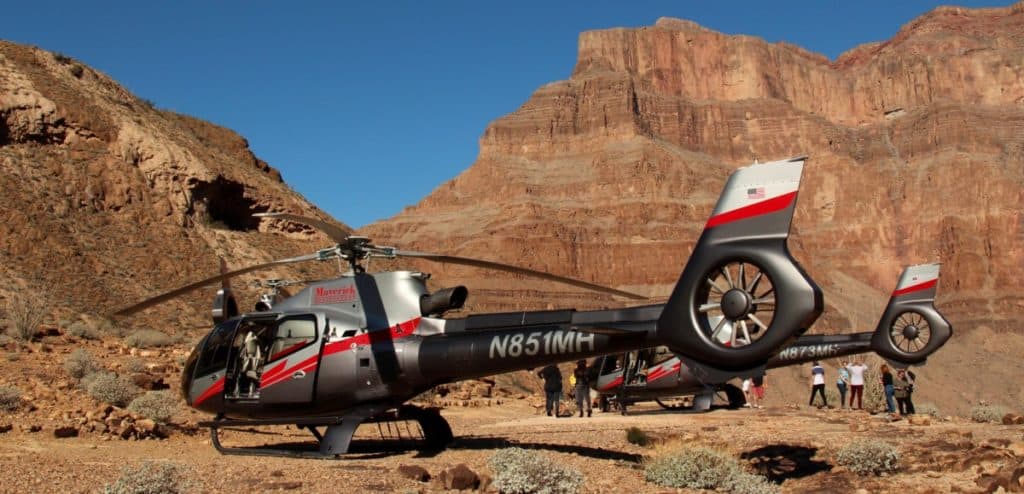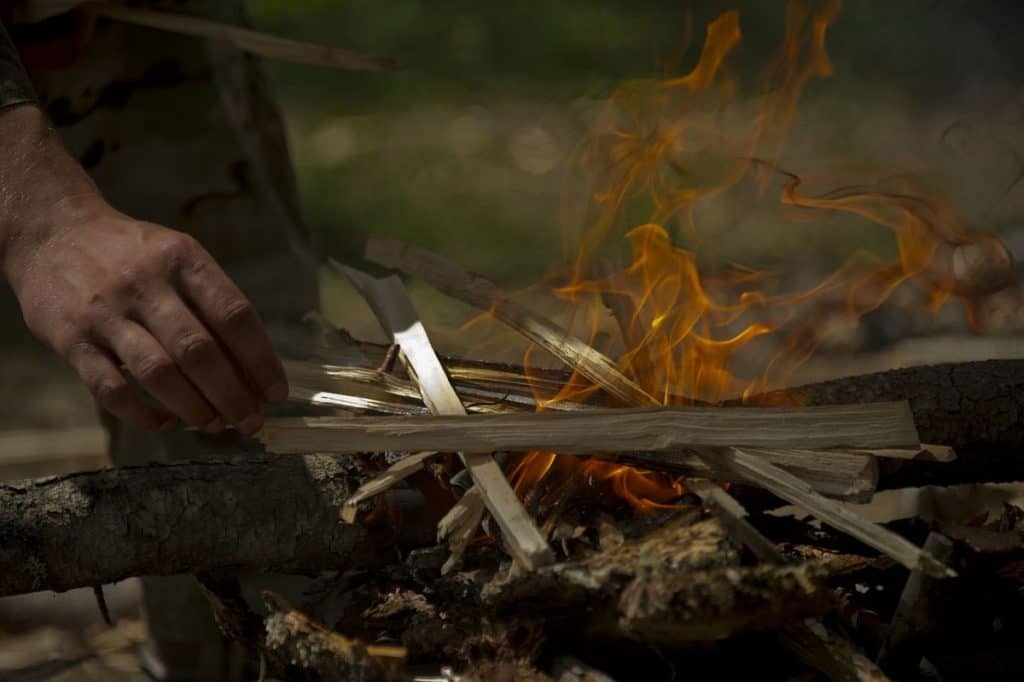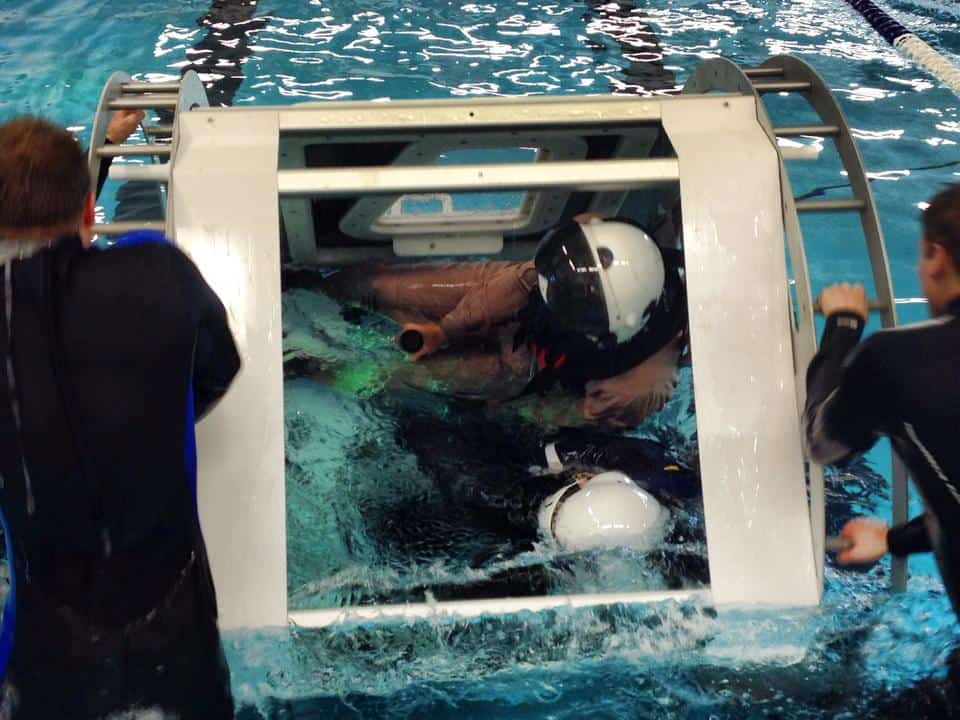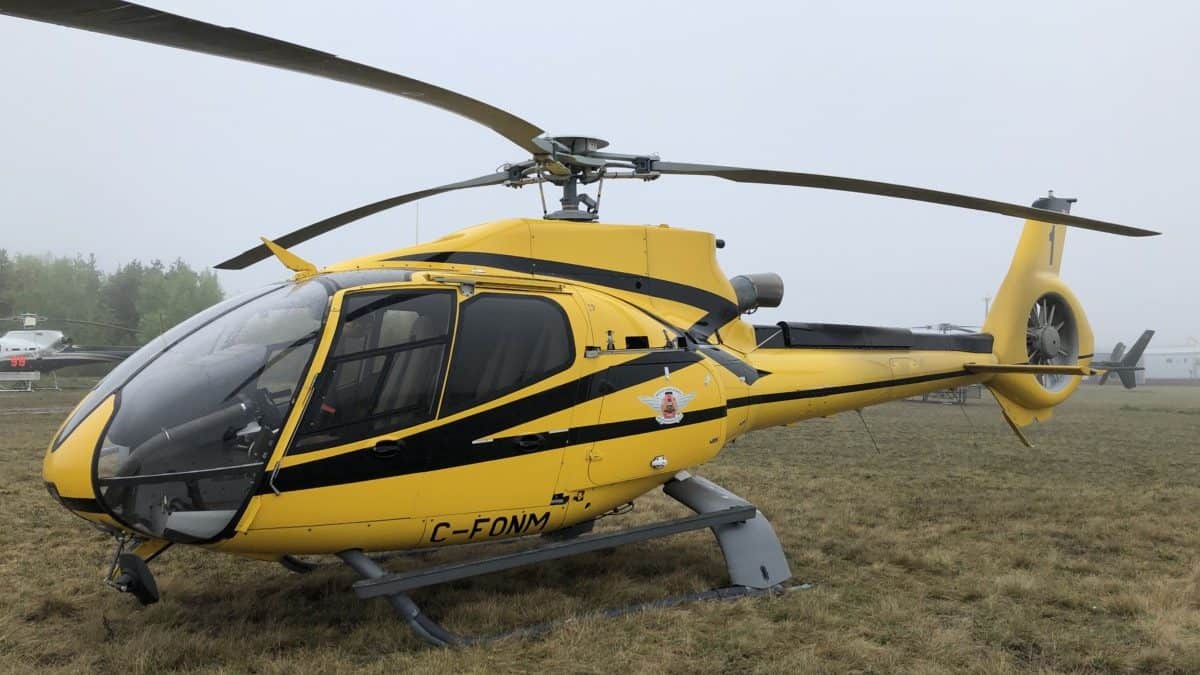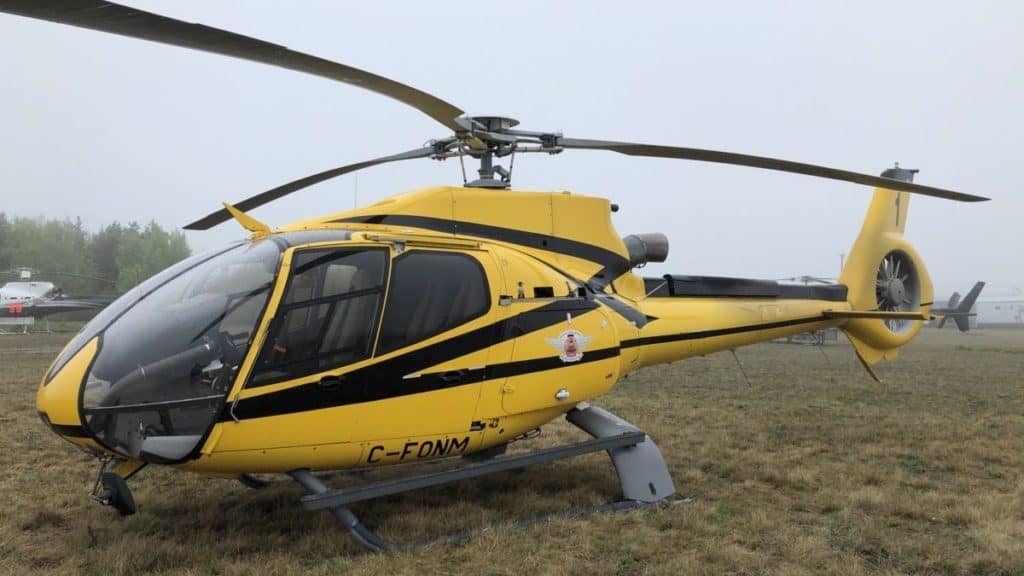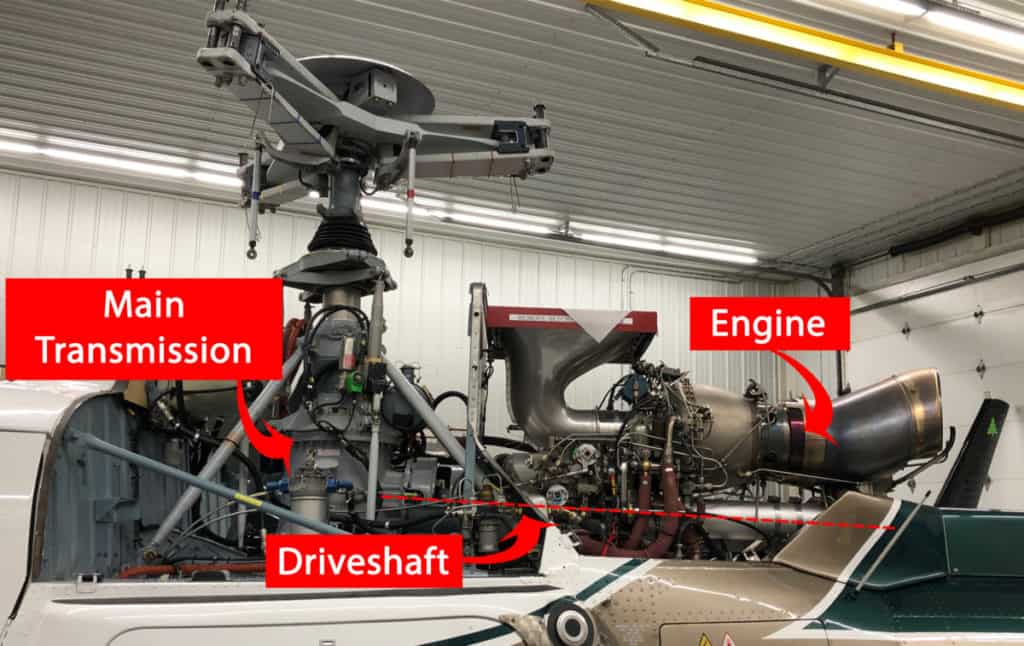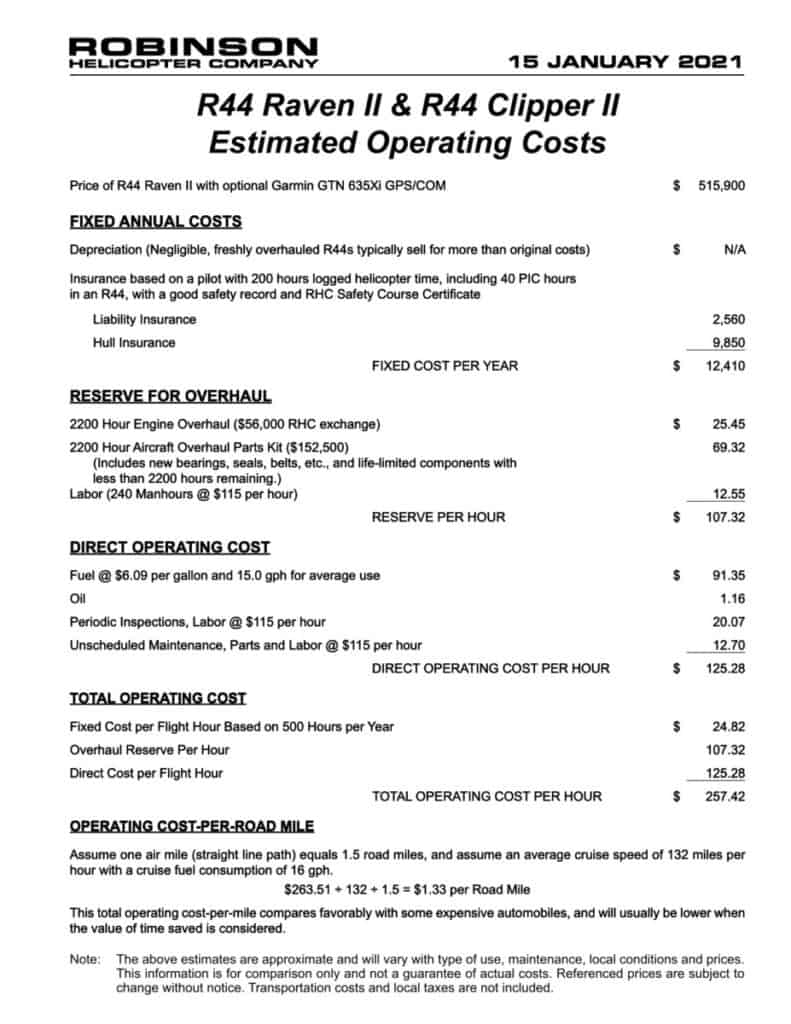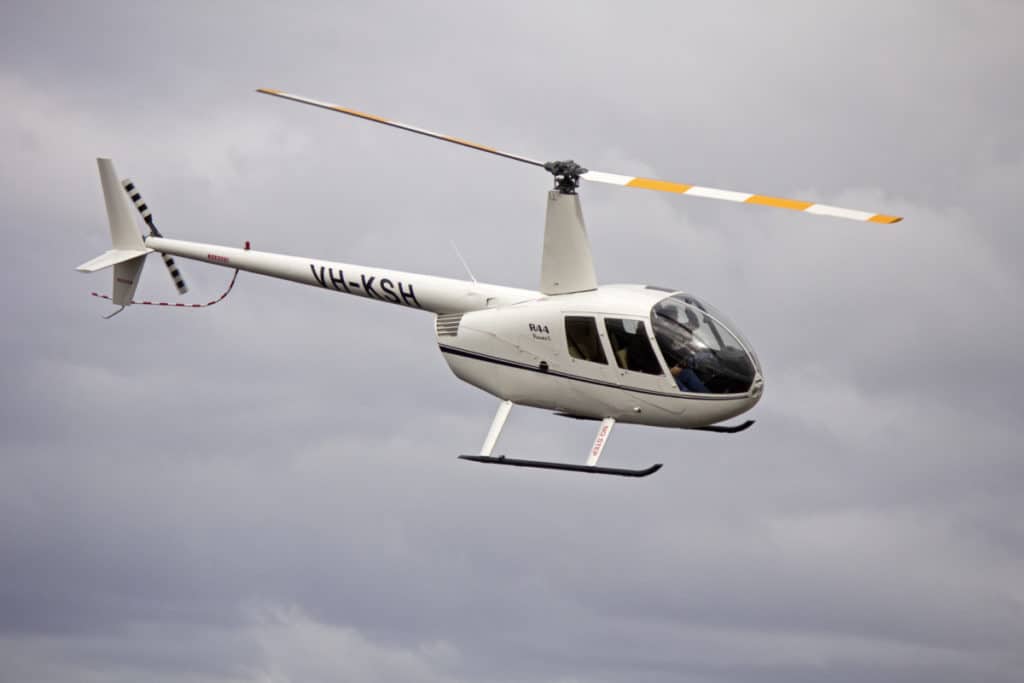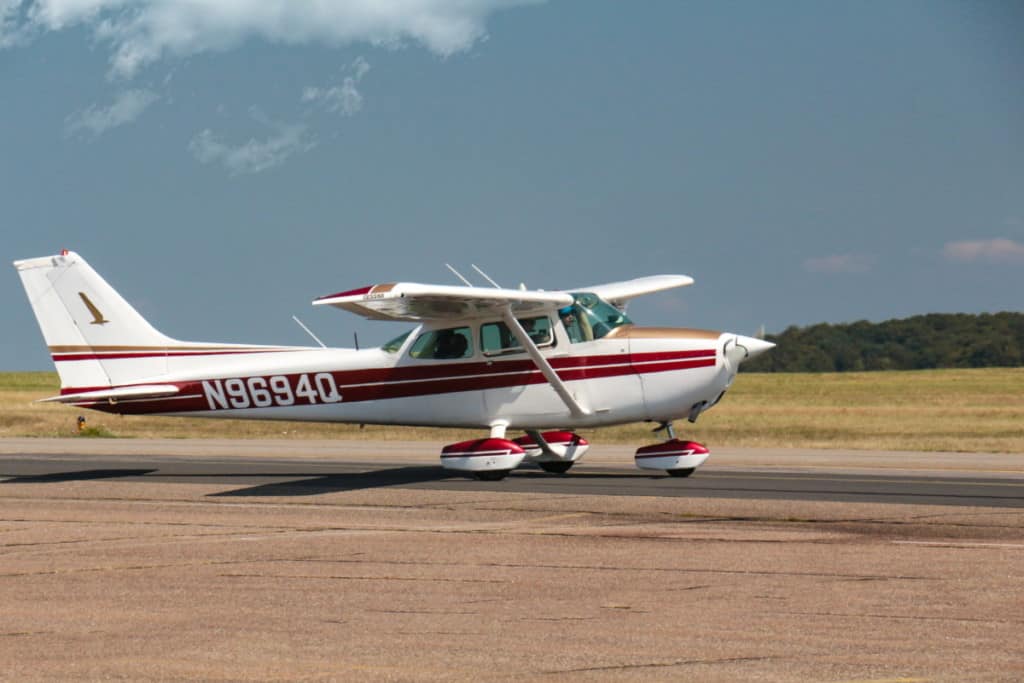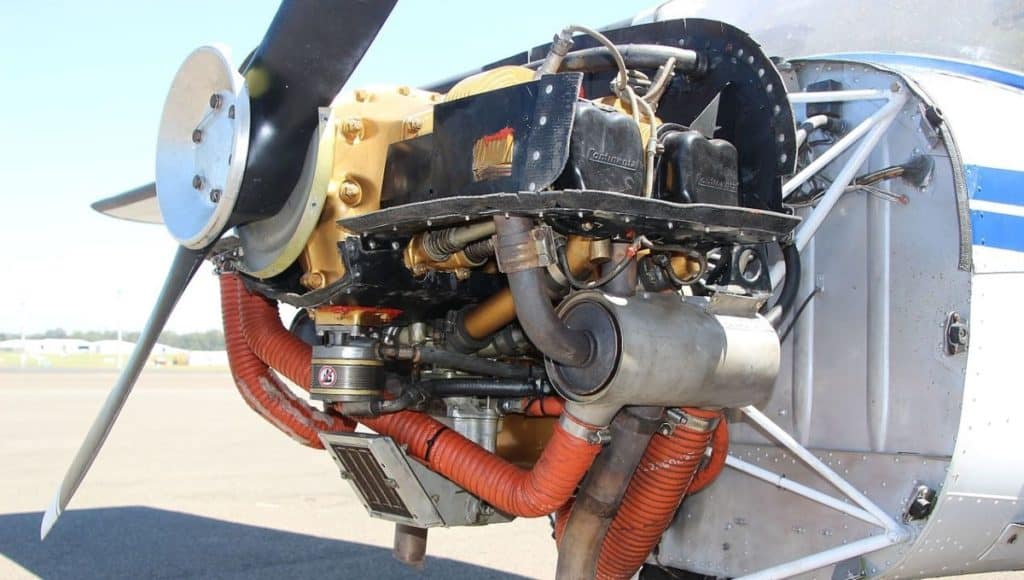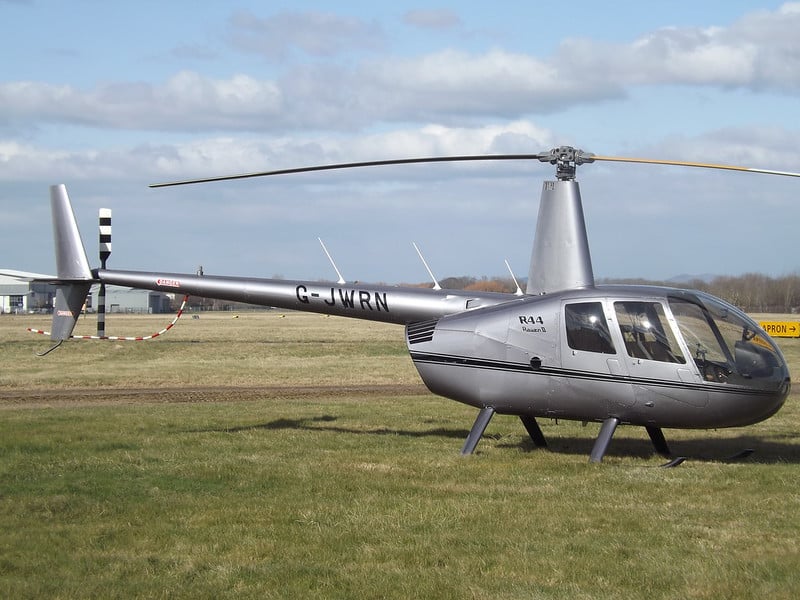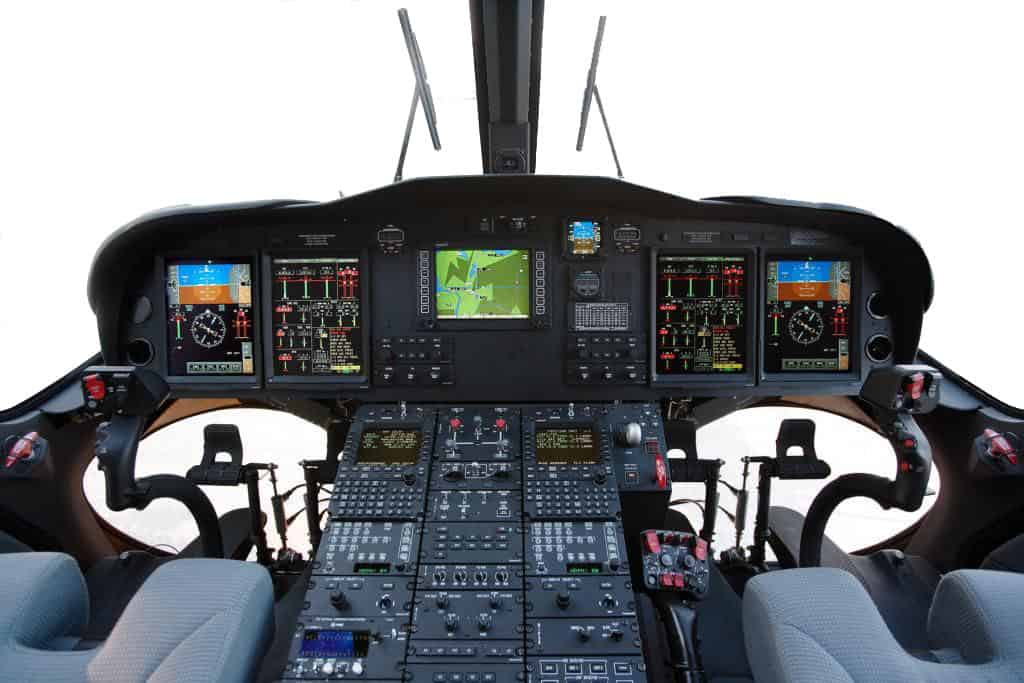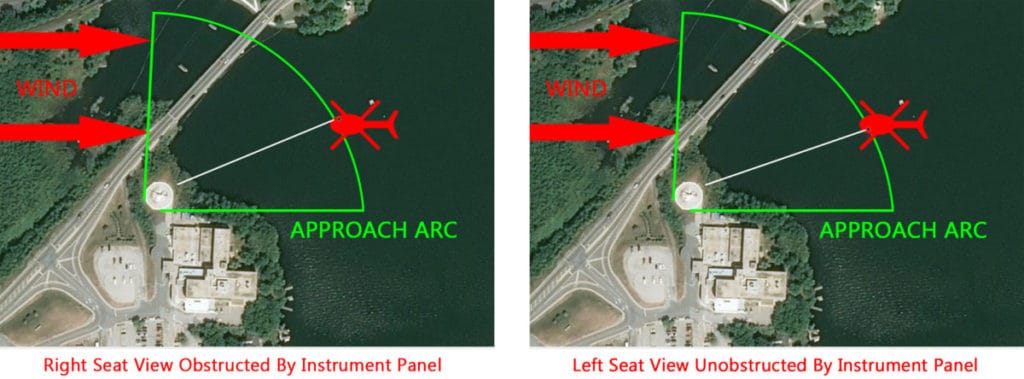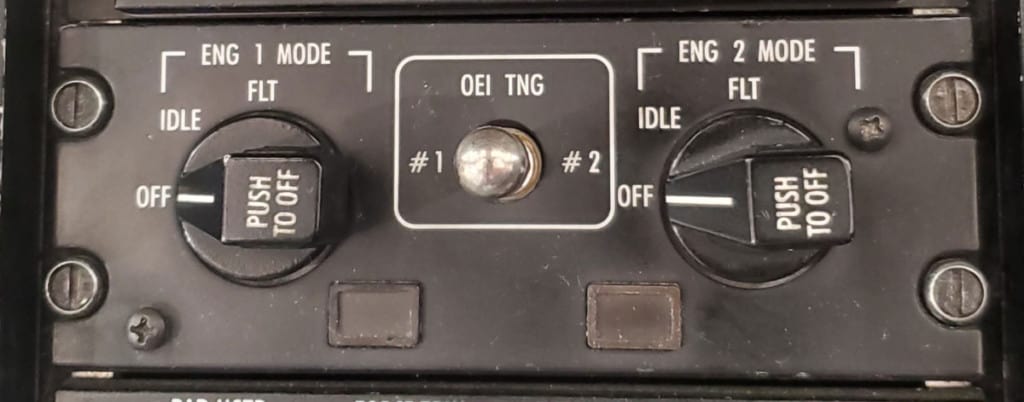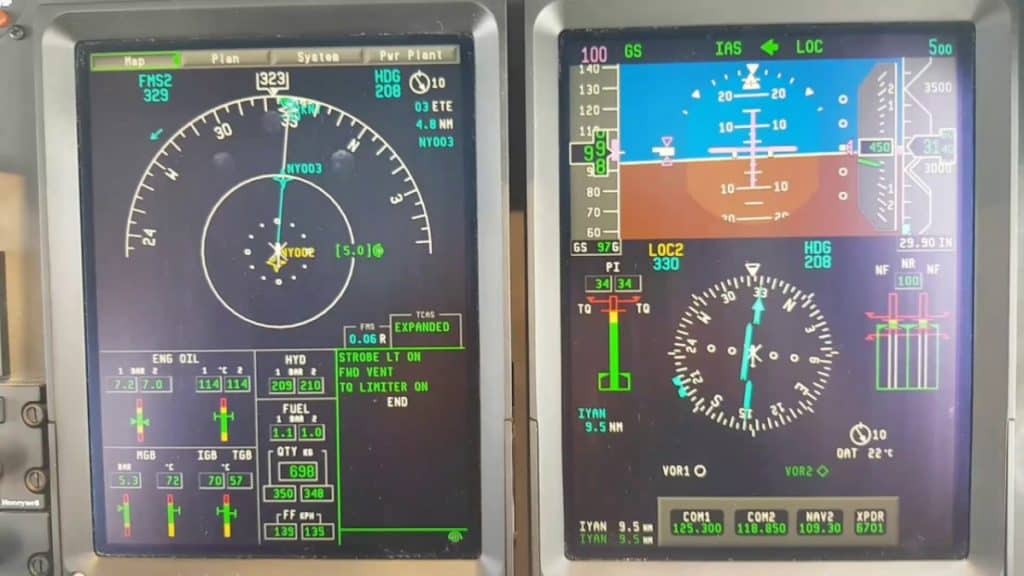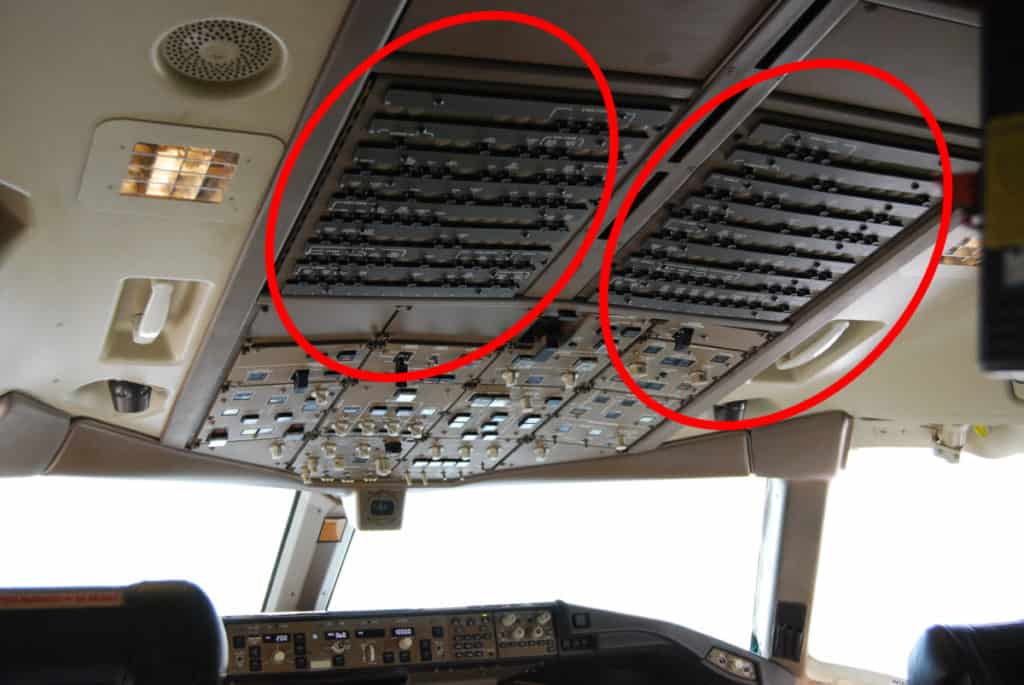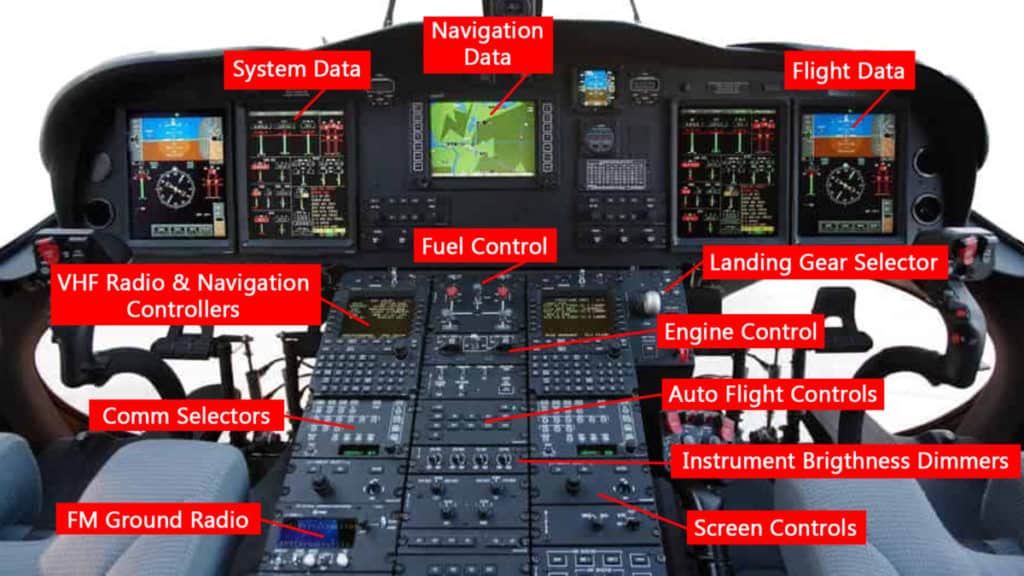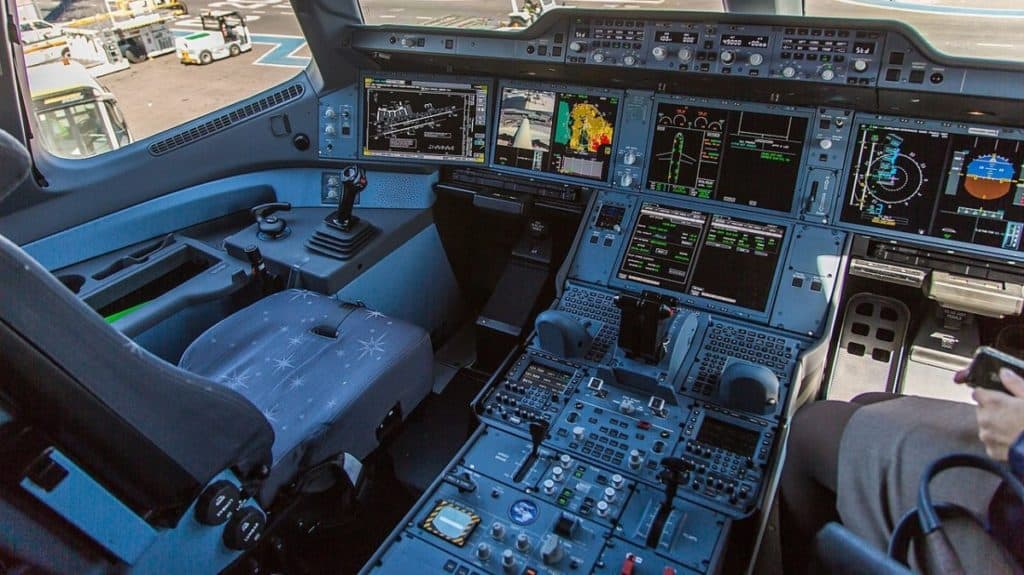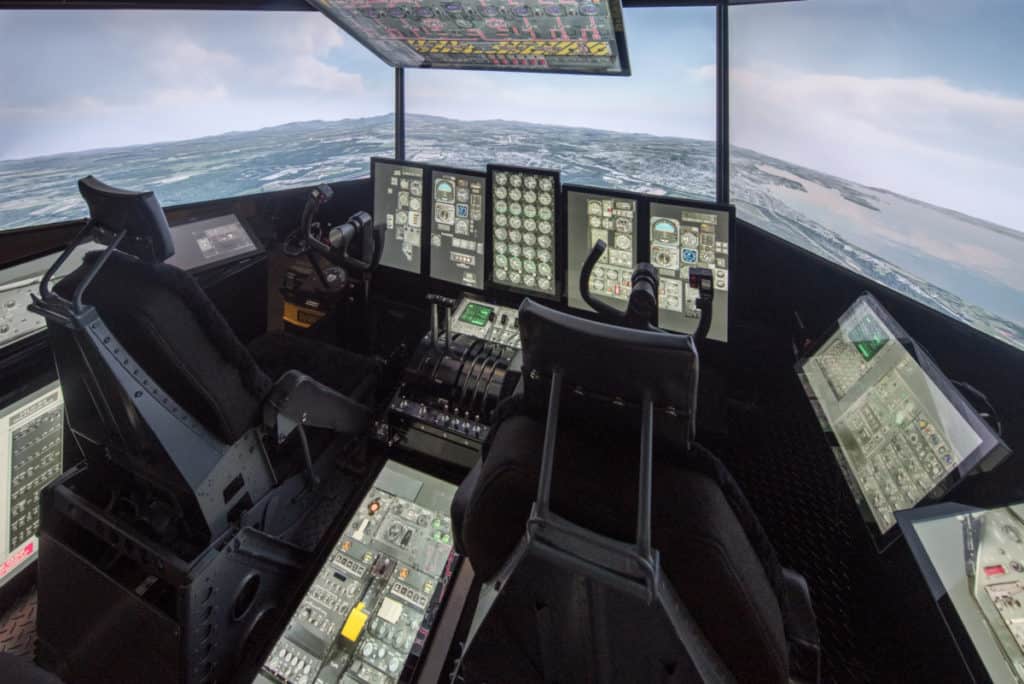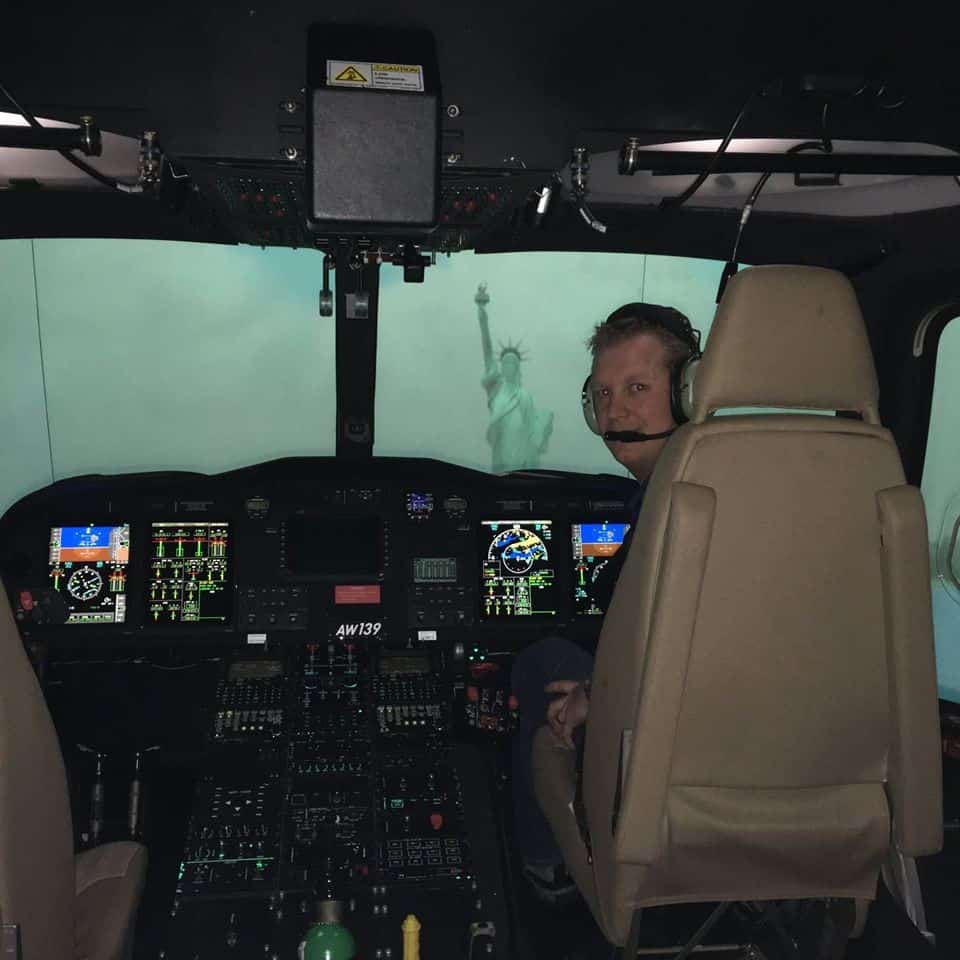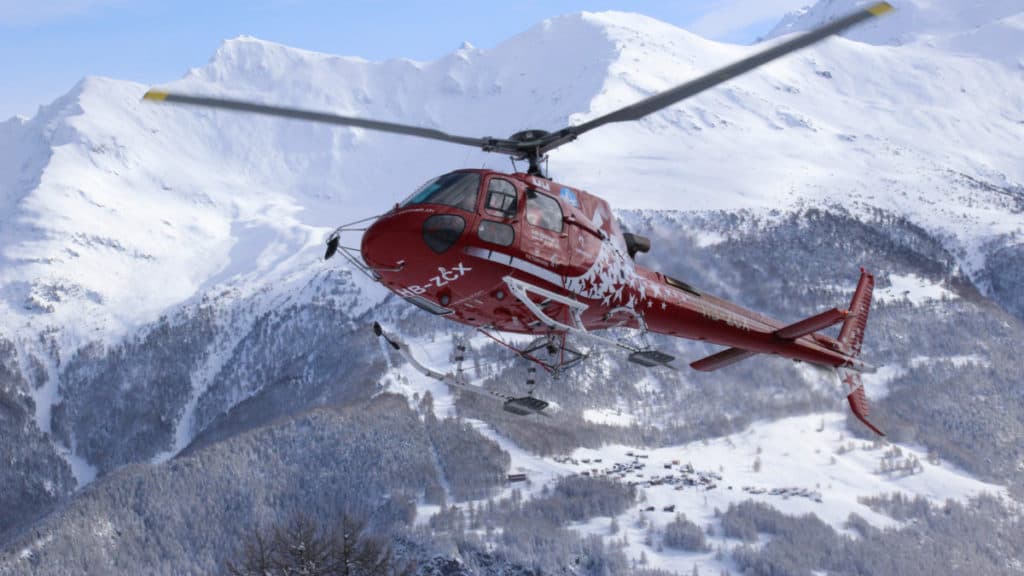
A question I often get asked by passengers who have never ridden in a helicopter before is if the ride will be too hot or too cold. A helicopter is just like a car when it comes to its temperature control. Some luxury cars have both a heater and air conditioning and some cheaper cars only have heaters. The same is true for helicopters.
If you are planning to take your first helicopter ride then this article will hopefully answer some of the questions you may have about the temperature of the helicopter during your flight.
Helicopters come equipped with heaters that pull air from around the engine and feed it into the cabin to provide heat. This heat can be controlled by the pilot or a thermostat. Larger helicopters can come equipped with air conditioning to help regulate the cabin temperature on hot days.
Being able to regulate the temperature in a helicopter is pretty easy once in flight but there are times when it can be super hot or very cold in the cabin which does provide some discomfort, but usually only for a short period of time.
To find out more about this please read on!
Do Helicopters Have Heaters?
You may be astonished to know that helicopters can fly in temperatures as low as -40°F so they best have a darn heater! In fact, when flying in conditions at these temperatures part of my pre-takeoff check is to ensure the heating system works, not only for passenger comfort and safety but it is also part of the window defogging system. If a pilot cannot see out of their windows then the flight is not going to happen!
Most helicopters use a duct to extract heat from around or from inside the engine to provide cabin heat. Because helicopter engines are hot, the air from the engine is mixed with the cool air from outside and piped into the cabin. A pilot-controlled valve or thermostat regulates the temperature.
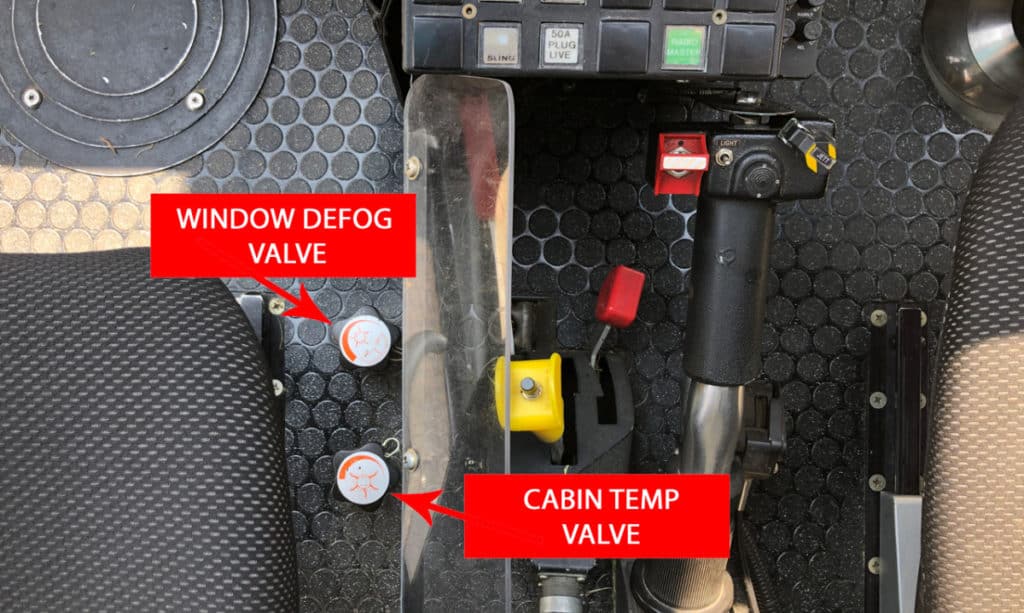
As part of my pre-flight briefing, I always tell my passengers to let me know if they are too hot or too cold and I can easily adjust the temperature to suit their comfort. Just like a car, it can take several minutes for the heat off the engine to begin warming the cabin and bring it up to a comfortable temperature. At the start of the flight, I usually crank the heat to get it warmed up faster and then turn it down as it warms up.
When I can, I always try and get everyone to be wearing the same amount and type of layers so one person is not cooking! For example, if most of my passengers are wearing big jackets I’ll ask them to take them off so we are all in sweaters etc. I hate flying in large, puffy jackets as it impedes my movements on the flight controls, so if I‘m in a sweater and everyone else is in a jacket they will get hot when I am comfortable.
Do Helicopters Have Air Conditioning?
Air conditioning can be fitted into helicopters when it is built or added in later as a kit. By using a pilot-controlled thermostat the cabin temperature can be cooled when the helicopter is running as most air conditioning units are driven off the main transmission.
I have flown in helicopters with air conditioning and I can tell you that it is pure bliss when the helicopter is started in the middle of a hot summer and the cool breeze begins to emerge from the air vents, much the same as your car. The problem with air conditioning units in a helicopter is that they increase weight, are expensive, and draw power from the transmission to drive them.
Depending on the type of operation the helicopter primarily flies, the aircon unit may not be fitted or be removed altogether, like the helicopter I’m currently sitting in while writing this article. It was originally used in South America and had air conditioning. Now it is used as a utility helicopter the weight saving was required far more than the comfort factor, so it was removed!
The most common areas where you will find air conditioning in a helicopter are in the VIP and MedEvac helicopter sectors as this is a must-have. Depending on the company you may also find tour helicopters fitted with air conditioning.
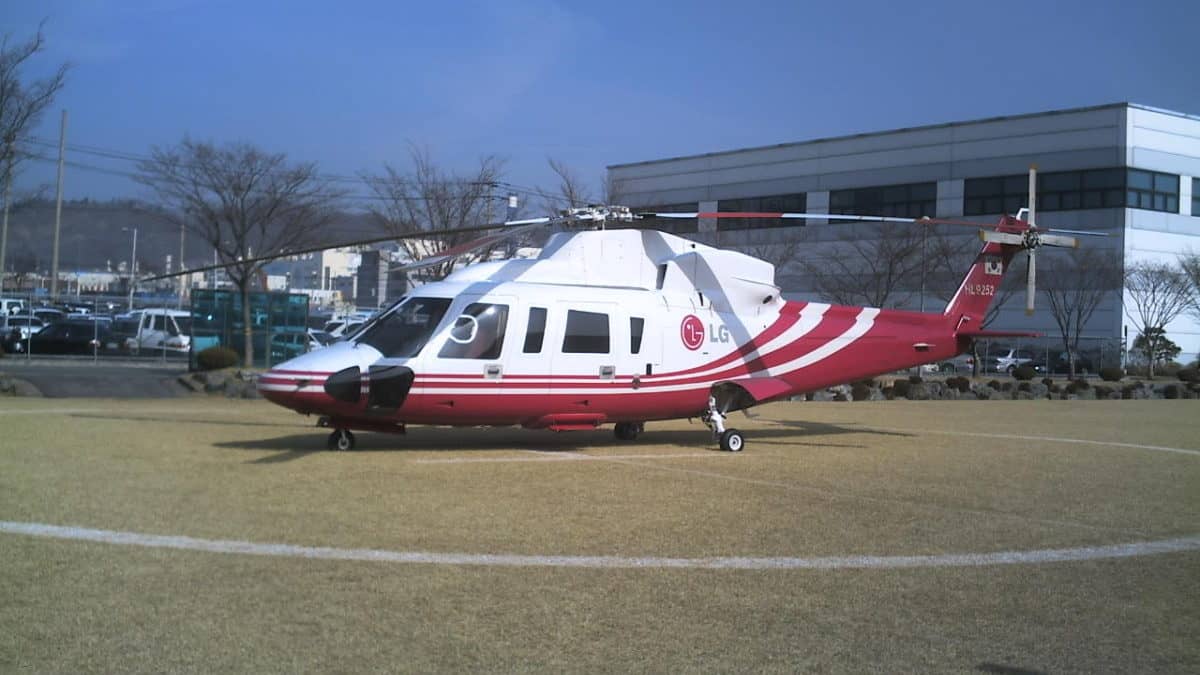
Just the same as a heater, it takes time for the air conditioning system to cool down the cabin, for this reason, most VIP helicopters are either started by the pilots several minutes before their passengers show up or in the case of large helicopters, they can be fitted with an APU.
An APU is an Auxiliary Power Unit and it is basically a small engine that the pilots fire up so that the avionics and HVAC systems can be brought online to set the helicopter cabin to temperature.
The advantage of an APU is that it does not power the main rotor system so the passengers can embark without the hazard and noise of the main rotor blades turning overhead. The disadvantages are that they are heavy, expensive, and take up room. This is why they are generally only found on the largest helicopters.

Join My Newsletter & Get Great Tips, Information and Experiences To Help You Become a Superb Pilot!
Are Helicopter Rides Hot?
Helicopters are the hottest when it is sitting on the ground during the engine start or when flying directly into the sun. During this time the cabin is hot from the ambient air and it takes time for the air conditioning or airflow from forward flight to cool the cabin to a comfortable temperature.
Helicopters can also become very warm when flying directly into the sun or when the sun is on your side of the aircraft. Summer months and long flight durations are the hottest and for this reason, if a helicopter is not equipped with air conditioning, the only way to cool the cabin is to open the window vents however, this may not be enough to cool down all the passengers, especially when the ambient air outside is also hot!
To help keep helicopters as cool as possible, pilots will often install a sunshade into the cabin to help reflect a good portion of the heat away from the cabin while the helicopter is parked. This helps tremendously but it can still get warm for the first few minutes of the flight until the airflow or AC has started to cool the cabin.
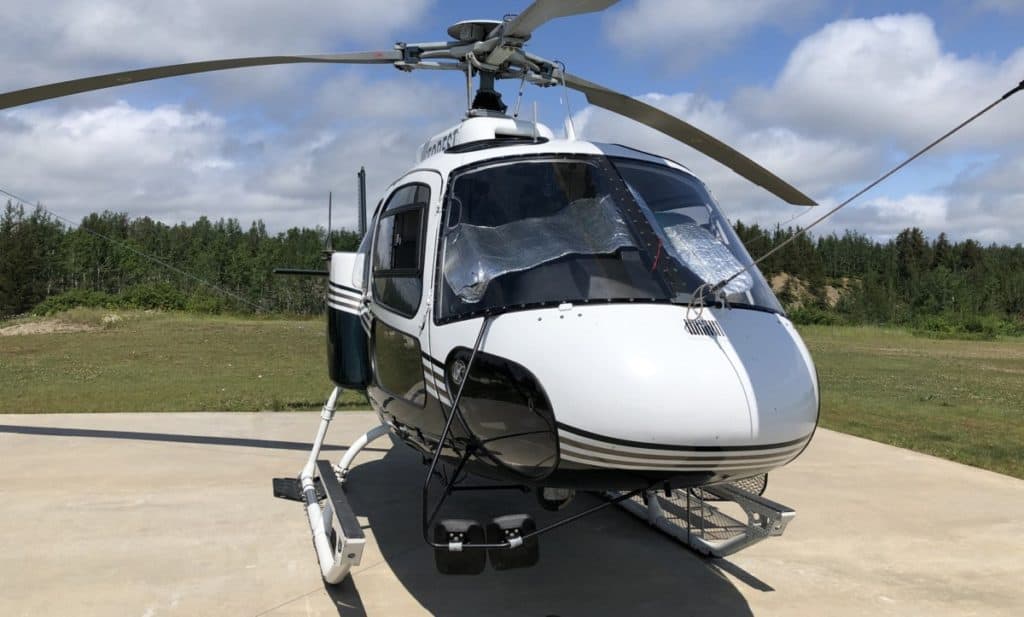
Just a few months ago it was April and I was on my way back to base from a mining camp wearing a black hoodie. It got so hot that I had to land and take it off. It was cold on the ground but the radiant heat from the sun being absorbed by my black hoodie started to overheat me!
A great tip for passengers, especially those going on their first helicopter flight is to wear layers. This is the best way to combat the heat and removing any thick jackets or heavy sweaters before the flight will help. It is always a lot easier to heat up a helicopter than it is to cool it down! You can easily sit with the jacket or sweater folded on your lap and then you have it to wear at the end of the flight.
Are Helicopter Rides Cold?
When the ambient air temperature drops below 0°F helicopter heaters may struggle to heat the cabin sufficiently. Wearing layers of clothes, hats, and gloves can ensure passengers can remain warm if the heating system is unable to produce enough heat during the flight.
If you wish to take a helicopter ride during the winter then it’s advisable to dress in clothing that you could spend hours outside wearing. As safe as helicopters are, there can be a time when an emergency landing has to be made and any passengers not dressed for the ambient conditions can quickly become exposed and risk hypothermia during the wait to be picked up.
If you are looking to take a helicopter flight in the spring and fall then warm, waterproof layers are a great option. My first flight was in April around Manhattan and although the weather was not hot, I still needed a sweater. This was fine during the 15 minute flight, but dress for being outside, and you will be fine.
This is a video of myself flying some water sampling technicians around for an environmental agency and as you can see in the video, there is ice on the inside windows of the helicopter from our breath. The heater in the helicopter worked adequately enough while in flight, but not long after shutting down the helicopter was back to the -30°F ambient temperature:
What Do You Wear For a Helicopter Ride?
When taking a helicopter tour flight dress as if you are going to be walking around that area sightseeing. If it’s hot, have light, loose-fitting clothes. If it’s cold, have a good jacket, a hat, and gloves. Wearing layers allows you to add or remove items of clothing.
Most helicopters can regulate the cabin temperature between 50-80°F when in flight.
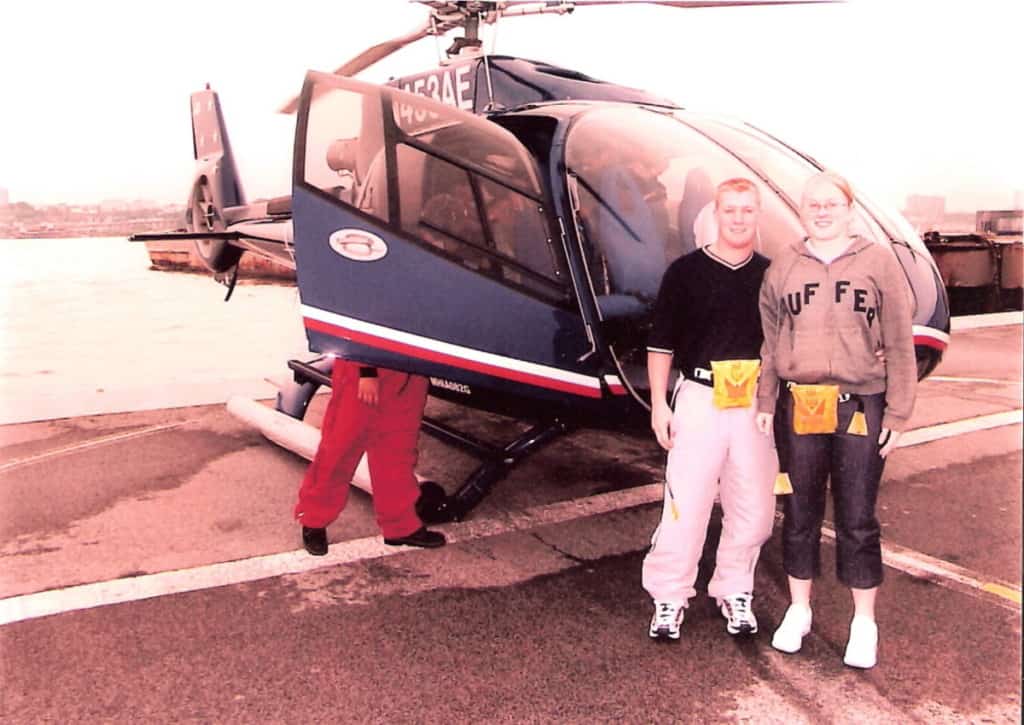
Most reputable helicopter tour operators will have a section on their website about what they recommend passengers wear for their location and time of year if you are still unsure. I always ensure my passengers are dressed for the current climatic conditions just in case we have to land and spend an amount of time waiting to be picked up or help to arrive.
If you are wearing clothes that are comfortable while out on the street, then you will be comfortable in the helicopter.
If you are planning on taking a flight where the cabin doors are going to be removed or open, then ensure you wear clothing that cannot be easily removed, I.e. sandals, hats, and gloves, as you will most likely not be permitted to fly wearing these garments. Loose items can come off in flight and pose problems to helicopter safety or bystanders on the ground below.
If you are going to be taking photos and videos make sure your camera is attached to you by a neck or wrist strap as it will soon be ripped from your hands if you point it too far out of the cabin! Airflow may not seem to be there and 70-100mph may not seem to be evident when you are up in the air! Even though I tell my passengers often you would be surprised how many still stick their hand out of the window to get a clearer shot and whoosh, the camera is gone!
If you are looking to take a tour in a helicopter then I highly recommend Maverick Helicopters. I have several friends that have been pilots for them and they are a great tour company. They operate tour flights in Las Vegas, The Grand Canyon, and Hawaii and have really great deals! Taking a ride in a helicopter is a ‘Bucket List’ item and you never know, you may just get the flying bug as I did!
You can find out more information on their tour packages here:
To Finish
Helicopters can be kept at a fairly comfortable temperature once the engine/s are running or when in flight. The most uncomfortable time is when the helicopter has been sitting outside for a long period of time and the engine is just started. It is this time when most VIP helicopters are already running or the APU is on to allow the cabin to be brought up or down to the required comfort level.
For the more basic helicopters, the heat from the engine or airflow from air vents is all that is available to control the cabin temperature. For these aircraft, wearing layers of clothing that can be easily added or removed is the best option for keeping you comfortable. Just be glad you can adjust your layers! For us pilots, we have to make the decision before we go flying as once we are airborne we are unable to adjust our clothing! (Unless we find a place and land!)
Further Reading:
If you found this article helpful, here are a few more I recommend for you:

